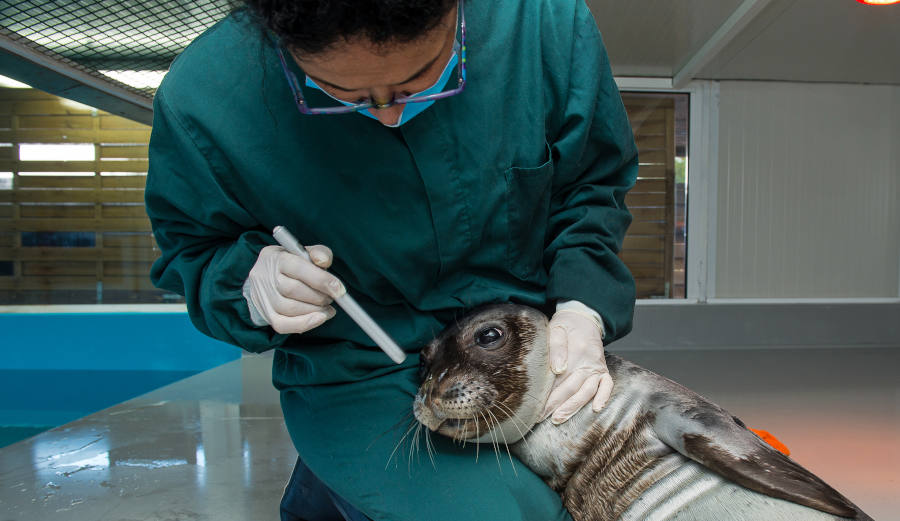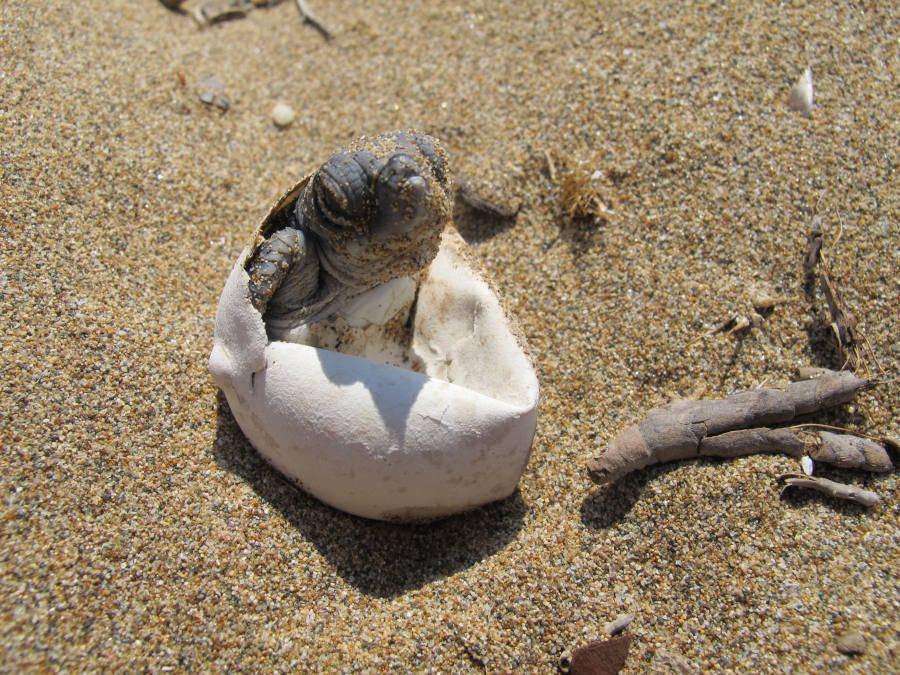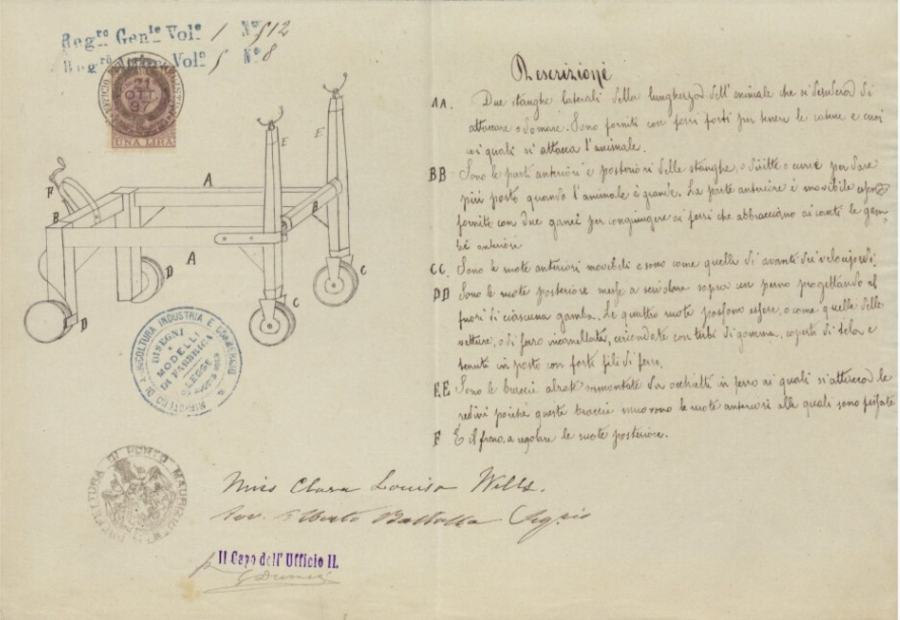
Finding possible adaptation solutions for animal species that live in the sea and along our Mediterranean coasts, habitats which are increasingly affected by the climate crisis. This is the objective of the LIFE ADAPTS (climate change ADAptations to Protect Turtles and monk Seals) project, which has just been launched and is financed by the European Union. The project will last 5 years and will be carried out in three Mediterranean countries, Italy, Greece and Cyprus, where key reproductive and living areas have been identified for three symbolic species of the Mare Nostrum: green turtle (Chelonia mydas), loggerhead turtle (Caretta caretta) and Mediterranean monk seal (Monachus monachus).
The team is coordinated by the Department of Biology of the University of Pisa, with Paolo Casale and includes research bodies, institutions, associations specialised in the protection of the three species, experts and researchers. Seven other partners are involved: WWF and Gruppo Foca Monaca in Italy, ARCHELON (The Sea Turtle Protection Society of Greece) and MOm (Hellenic Society for the Study and Protection of the Monk Seal) in Greece and MEDTRACS (Mediterranean Turtle Research and Conservation Society), the Oceanography Center of the University of Cyprus (OC-UCY) and the Department for Fisheries and Marine Research of the Ministry of Agriculture, Rural Development and the Environment (DFMR) in Cyprus.

By 2030, thanks to the LIFE ADAPTS project, it will be possible to evaluate the three species’ resistance and resilience to the effects of climate change, such as sea level rise and temperature increase. These are, in fact, among the factors that can influence the suitability of breeding sites, the reproductive dynamics and food resources availability of these animals. The aim of the project is to develop strategies capable of protecting their crucial habitats, both in the open sea and along the coasts and stimulate the species’ resilience capabilities.
Innovative techniques, already partially successfully tested, will be used such as environmental DNA (collection of water or other kinds of samples to identify the presence of target species), surveys with drones, satellite telemetry, camera traps, diving, direct beach monitoring and sand temperature measurements. In addition to experts and researchers, volunteers, divers, and boat owners will be involved in an array of citizen science activities. One of the key points of the project is the involvement of local communities and authorities, as fundamental subjects for achieving the project’s objectives.

The planned actions by 2030 are: identification and mapping of breeding sites and assessment of their suitability in light of future climate change scenarios, identification of important marine areas, implementation of conservation measures, dissemination of informative material to the general public, authorities or municipalities, such as intervention and behavioural protocols to be followed in the event of sightings or finding of individuals in difficulty, rescue interventions on injured animals and their recovery for release into the wild, reduction of anthropogenic impacts at key sites such as caves, nesting beaches and feeding areas, improvement of conservation measures for the three species in Marine Protected Areas and other key sites .



